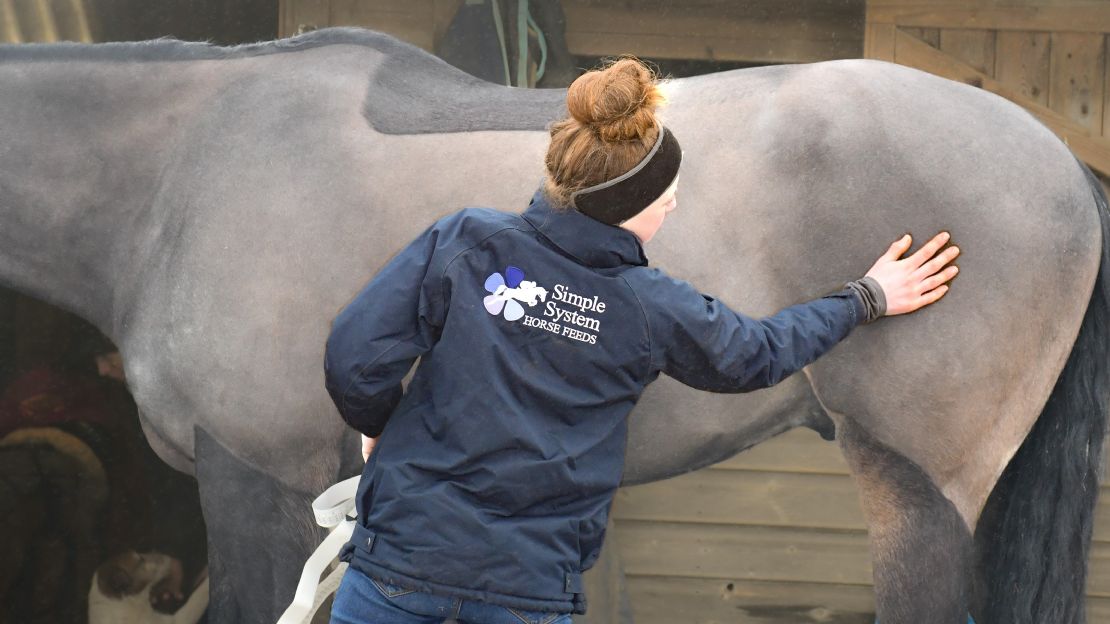
How can I best manage my young horse to ensure they have the healthiest joints?
The developmental orthopaedic disease that is correctly termed Osteochondrosis dissecans (OCD) starts before a foal is a year old and can lead to several different bone and joint problems in later life.
Problems begin within the first 12 months of development, as the foals growing skeleton matures. Essentially soft cartilage cells are converted to more solid bone by a process known as endochondral ossification.
In OCD-affected animals, this natural process fails to function fully. Areas of damaged cartilage develop within the joint, leaving the underlying bone weak and prone to further injury.
Continuing cartilage and bone growth means that some defects may heal before the foal is a year old. Once a foal has matured to a yearling and beyond, however, the transformation from cartilage to bone stops and there is minimal scope for natural healing to occur. Any loose flaps or fragments of cartilage that are not properly attached will cause irritation, inflammation and consequent swelling of the affected joint. The whole syndrome is called Osteochondrosis, with dissecans referring to these fragments.
The predisposing causes of OCD are considered to be complex and numerous. They include both genetic and management elements including overfeeding grain, rapid growth, excessive confinement and injury. Processed feeds are now more prevalent than 20-30 years ago. These feeds contain easily digestible carbohydrates which can encourage rapid growth.
It is also important to make sure that in foal mares are fed a low sugar and starch diet. Elderly mares seem to be more likely to produce a foal which goes on to develop OCD. This could be due to increased rations of grain based feed during pregnancy or the impact of endocrine changes due to old age.
Feeding a balanced, forage based diet will provide an excellent start for your youngster and it will reduce the risk of them developing OCD. 24 hour turnout will also help to reduce the risk.
Young horses need plenty of protein to build up good muscles and plenty of calcium to make strong bones. Lucerne is an ideal feed as it is a good source of both protein and calcium, but is naturally very low in sugar. Omega 3 is an essential part of a youngsters diet. It is an excellent natural anti-inflammatory and will help to support and lubricate the joints. Forages generally have the right balance of Omega 3 but may not have enough for growing young horses. Total Eclipse, Instant Linseed and TopGain provide plenty of Omega 3 in a Vegan form. There is also evidence to show that mares who are fed Linseed whilst in foal will have foals with a stronger immune system.
Red Bag Grass Pellets may also prove useful if your youngster is going through a growth spurt and drops weights. They can provide natural spring grazing all year round. These pellets are a safer alternative to grain based mixes and cubes and can provide spring grazing during the winter months. Pure Ocean Seaweed is also considered a good feed for increasing bone strength and it will also encourage hoof growth.
Suggested Feeds for WB and TB type youngsters Build & Shine or GreenGold, Red Bag Grass Pellets, Top Gain and Simple Balance +
Suggested feeds for Native type youngsters Organic Lucie Stalks, Lucie Fibre Cubes or Lucie Nuts and Total Eclipse